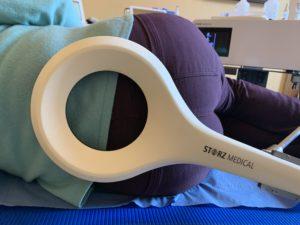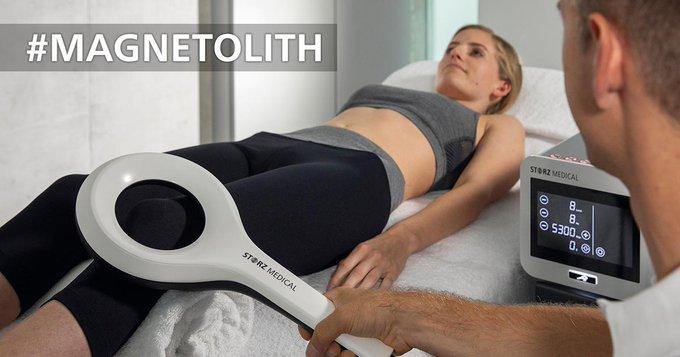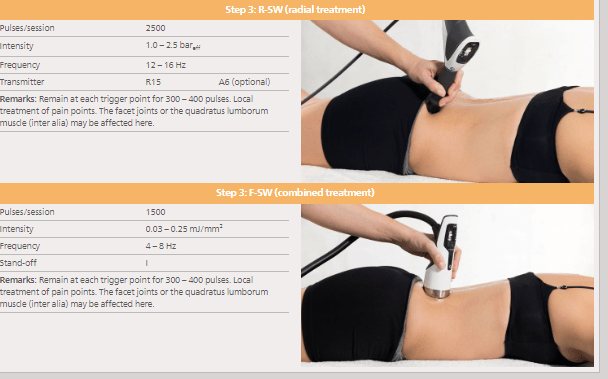[vc_row][vc_column width=”1/1″][vc_column_text]What is Scoliosis
This is an extract for SAUK – The Association of Scoliosis
Scoliosis is the sideways curvature of the spine, in which the spinal column can also twist, pulling the ribcage out of position. Although many people have not heard of the condition it is surprisingly common, with three to four children per 1000 needing specialist supervision. Scoliosis is not a disease. It just means that in an otherwise healthy person the spine is curved or twisted. It is not infectious or contagious and it does not develop as a result of anything the adult, child or its parents did, or failed to do.
Scoliosis can affect people at different points in their lives. It can occur at birth (congenital), in infants (early onset), in juveniles and adolescents (late onset) and as adults (degenerative or de novo). In most cases the cause is unknown and the scoliosis is called idiopathic. In the remaining cases the causes can be attributed to neuromuscular conditions, such as muscular dystrophy or cerebral palsy, or scoliosis can result fromsyndromes, such as Marfan’s syndrome.
It can affect a person’s appearance because when the spine bends to the side the vertebrae (the individual bones that make up the spine) become twisted and pull the ribs round with them, which sometimes forms a characteristic lump on the back and can cause the shoulder blade to stick out. The spine can bend towards either side of the body at any place in the chest area (thoracic scoliosis), in the lower part of the back (lumbar), or above and below these areas (thoracolumbar). It can even bend twice, causing an S-shaped curve. When the curve is S-shaped (a double curvature) it is generally not noticeable and the person can appear quite straight because the two curves counteract each other. If the curve is lower down in the spine, the ribs will not be affected but one hip might be higher than the other.
The causes of scoliosis are many, and although we well understand the consequences, the origins of this condition remain complex and obscure. Most cases of scoliosis should be monitored by a scoliosis specialist (it is crucial that people with the disorder see a specialist at one of the 30 centres of excellence across the UK).
There is contradictory evidence as to whether early discovery and treatment of a curve improves the long-term outcome, but we know that if curves are discovered late, when they are already severe, the results of treatment can be compromised. Therefore it is important that early referral to a scoliosis specialist is achieved. Treatment in a scoliosis centre will usually prevent unsatisfactory long-term results.
Specific rehabilitation strengthening exercises are part of Scoliosis treatment however please read the SAUK Website .
One can use modern muscular strengthening with cefar compex as this stimulates the slow twitch endurance muscles so important in core stability and the pilates studios.
Helen How, Registered Osteopath, 14 Craighall Gardens, Edinburgh EH6 4RJ O131 551 1044 £35.00 for one hour – £20.00 for simple follow up conditions
Please Read these reviews as it is important if you are making an appointment to see Helen For many it is their first Appointment with an Osteopath so you have what to expect and for patient feedback satisfaction Edinburgh Online and Google reviews. Helen works from her home as she has expensive machines and she cannot take them to other clinic rooms elsewhere in Edinburgh. She uses Cefar compex supplied by Perform Better who are the Sport Suppliers to many including the FA and St George`s. If you wish to learn more about Compex please ask Perform Better UK
Thank you all so much so such kind appreciative reviews and for visiting me at my home. I can keep the costs down and look after my retired and others lovely people. best wishes to you all Helen
[/vc_column_text][/vc_column][/vc_row]



